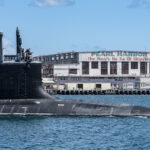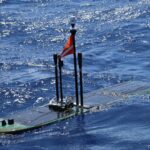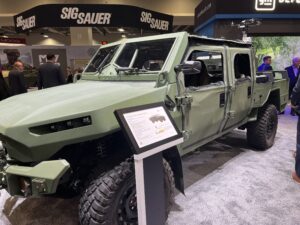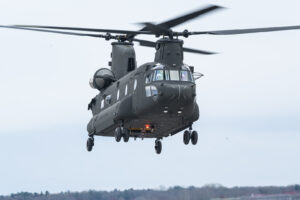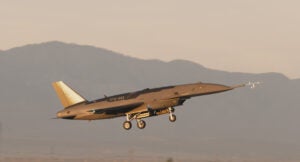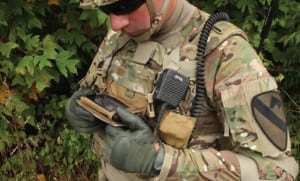
The Marine Corps is seeking a commercially available handheld device suitable for tactical mobile communications that can be purchase in large quantities on relatively short notice.The request for information (RFI) was published last week by Marine Corps Systems Command seeking a “common handheld” and information on integration and interoperability with systems already in use by its Marine Air Ground Task Force (MAGTF) formations. “Across the DoD, various organizations are establishing programs to secure commercial off-the-shelf (COTS) handheld devices for sensitive communications,…

 By
By 